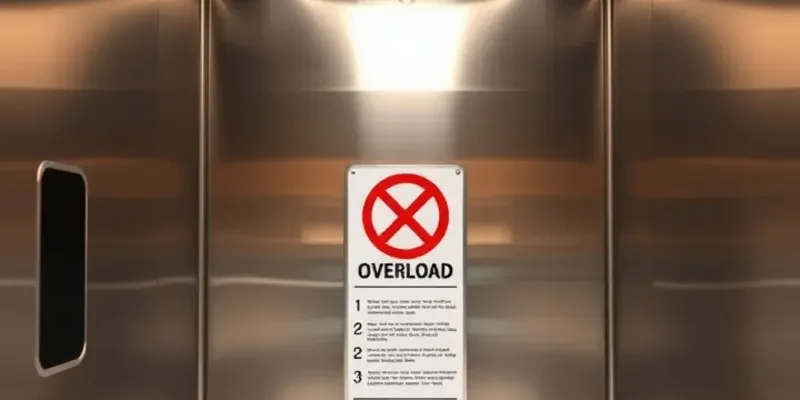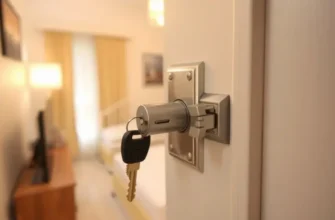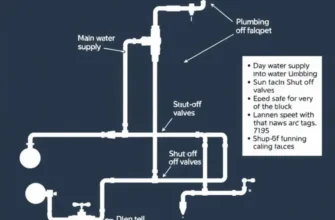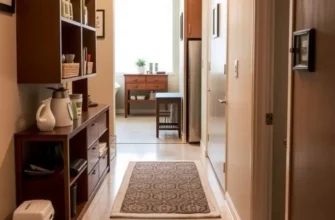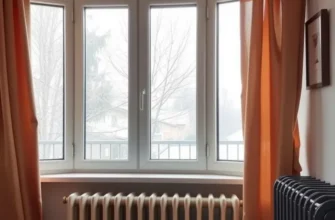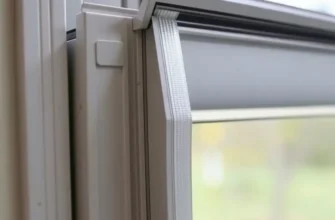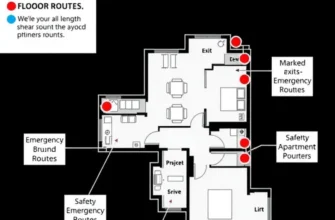Renting an apartment comes with the responsibility of keeping your living space safe and secure. One often overlooked aspect of apartment safety is elevator safety. Whether you’re rushing to work, carrying groceries, or enjoying a leisurely day off, knowing your apartment’s elevator is safe can bring peace of mind. This article dives into essential safety practices, the importance of regular maintenance, and how to navigate any elevator-related problems smoothly. With an understanding of safety protocols and maintenance solutions, you can make your apartment living experience more enjoyable. Let’s explore practical measures and insights that will help ensure your household remains a secure haven for you and your family.
Essential Safety Practices for Elevator Use
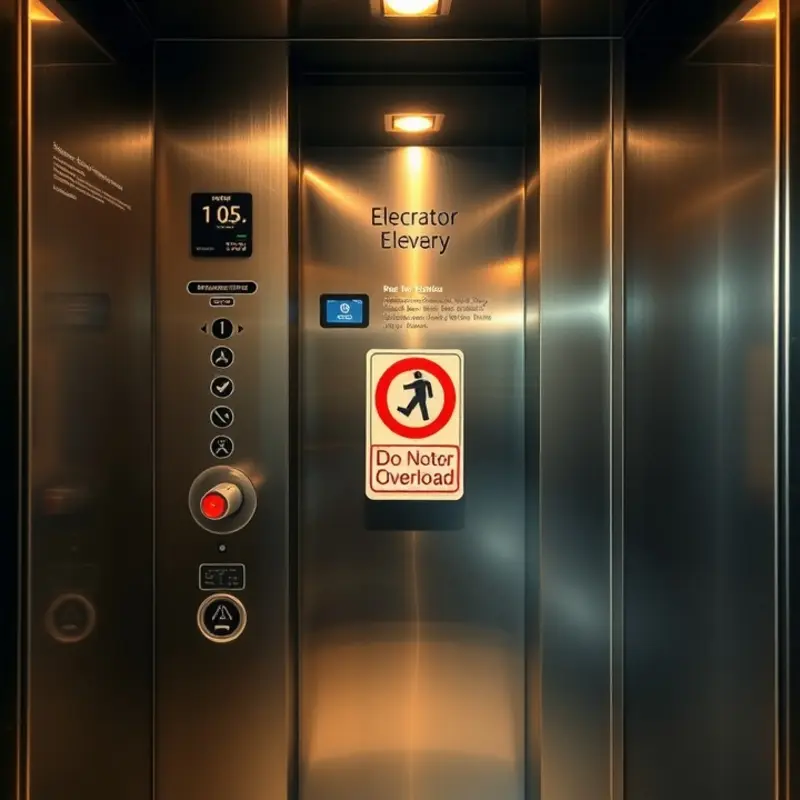
Understanding and practicing essential elevator safety measures can significantly enhance both personal security and communal harmony in apartment living. Here are key practices every renter should adopt to ensure safe elevator usage.
1. Waiting Safely: When waiting for the elevator, stand clear of the doors and allow space for others to exit before entering. Ensure children are closely supervised to prevent them from running or playing near the elevator doors. It’s not only courteous but also reduces accident risks.
2. Respect the Capacity: Avoid overcrowding by adhering strictly to the maximum capacity limit posted inside the elevator. Overcrowded elevators are not just uncomfortable; they strain the machinery, leading to potential mechanical failures.
3. Use Appropriate Elevators: It is essential to use elevators specifically designed for your building use. This ensures that the elevator can handle the specific weight and frequency of load common in your building, minimizing the risk of malfunction.
4. Inside Etiquette: Once inside, quickly press your floor button and move away from the control panel to permit others access. Maintain a polite and calm demeanor, as aggressive or hurried behavior can lead to accidents. Leaning against the doors should be avoided as it may trigger safety sensors, causing unnecessary stops.
5. Handling Mechanical Failures: Should you find yourself in an elevator during a mechanical failure, it is crucial to remain calm. Many elevators are equipped with emergency phones or buttons to alert building security. Use these to report your situation. Never attempt to exit a malfunctioning elevator unless instructed by emergency personnel.
6. Responding to Power Outages: In case of a power outage, stay calm and use the emergency communication system to notify building management or emergency services. Most modern elevators have systems that prevent them from stopping between floors during power failures.
7. Emergency Preparedness: Familiarize yourself with the emergency procedures and contact numbers provided in your building. Having knowledge beforehand ensures quick and composed action during actual emergencies.
For renters who prioritize home safety, understanding emergency procedures extends beyond just elevator use. Other safety practices, like apartment balcony safety netting, also contribute to a secure living environment.
By following these fundamental practices, renters can help create a safer apartment community. These steps minimize risk and ensure elevator use remains a seamless and secure part of daily life.
Hassle-Free Maintenance and Reporting Issues
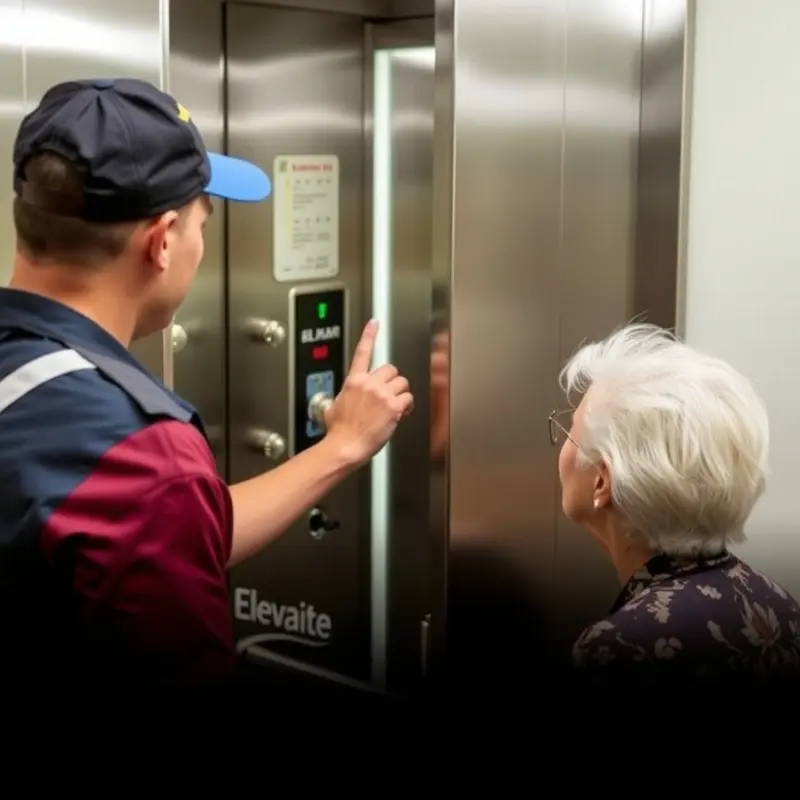
Elevator maintenance in apartment complexes is not just about convenience; it is a key pillar of safety. Regular checks by qualified technicians ensure elevators function smoothly, reducing the likelihood of malfunctions that can pose serious risks. Understanding and participating in the maintenance process makes a significant difference. For tenants, knowing what to observe and whom to contact when issues arise is crucial.
When you notice subtle signs of potential problems, like unusual noises, doors failing to open or close properly, or irregular movements, it’s important to report these immediately. These symptoms can be warning signals of mechanical failures that need prompt attention. Contacting your building manager or the dedicated maintenance team is usually the first step. The quicker you report the issue, the swifter it can be resolved, minimizing disruption and maintaining safety standards.
Renters often feel disconnected from building management processes, but involvement is essential. Establishing a good communication routine with your landlord or property management can streamline maintenance reports. It also helps in understanding the schedule for routine inspections and ensuring all issues are logged systematically.
A maintenance logbook is an indispensable tool for both property managers and tenants. This logbook should record every issue reported, the date it was logged, the actions taken, and the resolution date. Having a documented history of elevator maintenance and repairs not only helps in tracking recurring problems but also aids in planning long-term improvements and budget allocations for substantial repairs. Such records provide transparency and assurance to tenants regarding the apartment’s commitment to safety.
Routine inspections must be conducted by professional technicians who follow industry standards and regulations. These are not merely for compliance; trusting experts ensures that even minor discrepancies are noted and corrected before evolving into significant hazards. Renters should feel empowered to ask about the maintenance schedule and inspections carried out, fostering a community that prioritizes safety.
Additionally, for more day-to-day living enhancements, you might want to explore apartment-friendly DIY cleaning products to ensure the elevator’s interior remains as pleasant as its operational state. Clean environments contribute to overall satisfaction and safety, reducing risks of germs and allergens that could affect sensitive residents.
Engaging in proactive measures and fostering open communication channels with your property management team will help alleviate concerns about elevator safety and reliability. Everyone in the building benefits from the hassle-free maintenance of elevators, ensuring a secure and stress-free living environment.
Final words
Prioritizing elevator safety within your apartment not only enhances your own peace of mind but fosters a secure community for all residents. By adopting essential safety practices and ensuring regular maintenance, you can mitigate risks associated with elevator use. Stay informed about the appropriate reporting channels for any issues and be proactive in ensuring your elevator is well-maintained. Engaging with professional service providers can guarantee a hassle-free living environment and elevate your apartment experience. Here’s to safer and more secure living!

